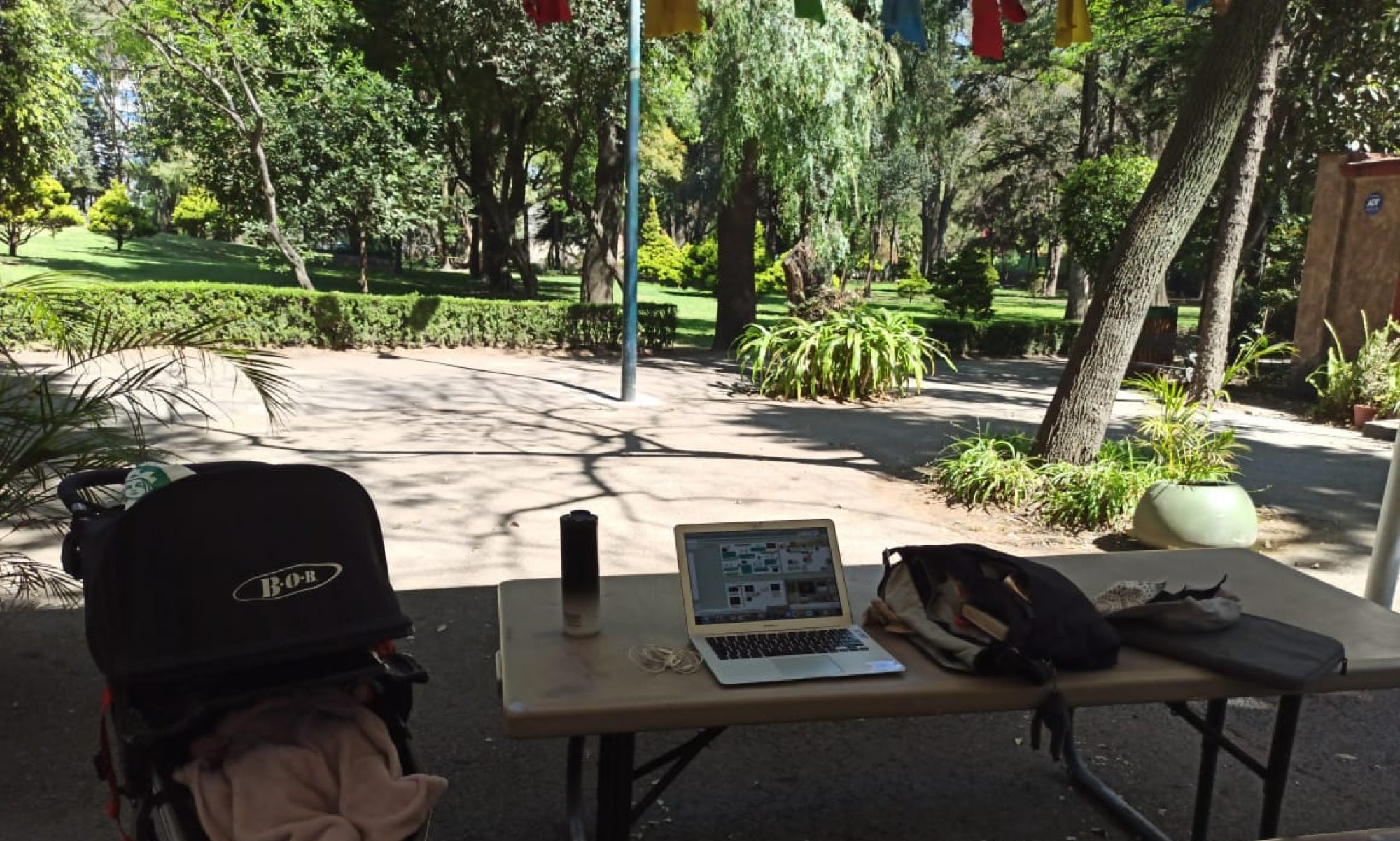What is teaching?
Teaching is clearly different from learning, but whereas the latter receives a lot of attention, the former does not. In traditional models of education, learning happened as a result of teaching. However, with the commercialisation and platformisation of markets, we are viewing education more as a commodity, than a public good (Williamson et al 2020, van Dijck 2018). Teaching is seen as responsive to learning – the aim being to ‘responds to learners’ errors and misunderstandings’ (Crook & Sutherland 2017 p. 20). In this sense the teacher is a facilitator of learning. The student and their personalised learning take the front stage, a process which Gert Biesta names ‘learnification’ (Biesta 2017). According to Biesta, teaching is a process of creation that navigates between self- and world- destruction (Biesta 2012). It reflects the ideat that education is a value in itself, and crucial for the society, that exceeds individualistic benefit of learning. Teachers are a key component of this.
How does data impact teaching?
Datafication of education stands at odds with this view. For teachers, it is changing the nature of the profession in a number of ways.
Firstly, datafication targets the job itself – how good performance is perceived. Many algorithmic tools are developed to monitor students’ performance as measurement of the quality of teaching. Teachers are now quantified (Rafagleli & Steward 2020) and reviewed based on the scores of their students. As a result teachers can, and have lost jobs unfairly, for example, like in the case of the IMPACT assessment and feedback tool (O’Neil 2016).
Secondly, the value of teachers is brought into question. When the focus is redirected to learning, and teachers are seen as mere facilitators of learning, they lose their unique role. They can now be compared to other facilitators of learning, of which we now have seemingly many thanks to the modern technology. In this obsession with quantifying and numerical rankings, teachers are disadvantaged (Williamson et al 2020). The second visualisation of this block shows this well by contrasting knowledge gained directly from teachers versus that from online resources. What it does not show, of course, is how teachers contributed to sparking interest in or encountering the resources. This is a known problem with data pointed by Eynon (Eynon 2013) – data gives us the what, but not necessarily the why.
Finally, dashboards created with learning analytics now require teachers to be data analysts (Brown 2020), often without adequate training. As Brown points out (ibid.) using data to teach is nothing new. However, as I observed in the last data visualisation of this block, previously teachers took active part in the data gathering, input and interpretation. Nowadays, however, this is not the case. Many of the algorithms are obscure (O’Neil 2016). The assumption is that those algorithms render fairer results than implicit bias-ridden humans. However, data can be as biased as people because people write algorithms or decide on the base data set input (ibid.). Algorithms can indeed be designed for fairness, but deciding on its definition is not straight forward (Kearns & Roth 2020). Teachers are often excluded from the design, and only see the data generated at the other end.
Sources.
Biesta, G,. 2012. Giving teaching back to education: responding to the disappearance of the teacher. Phenomenology & Practice, 6(2), pp. 35-49.
Biesta, Gert. 2017. ”The Beautiful Risk of Education” : https://www.youtube.com/watch?v=QMqFcVoXnTI
Brown, M. (2020) Seeing students at scale: how faculty in large lecture courses act upon learning analytics dashboard data, Teaching in Higher Education, 25:4, 384-400
Crook, C. Sutherland, R. (2017) Technology and Theories of Learning in: Duval et al Technology Enhanced Learning; Springer
Eynon, R. (2013). The rise of Big Data: what does it mean for education, technology, and media research? Learning, Media and Technology, 38(3), pp. 237-240.
Kearns, M. Roth K. (2020) The Ethical Algorithm; Audible
Raffaghelli, J. E. & Stewart, B. (2020) Centering complexity in ‘educators’ data literacy’ to support future practices in faculty development: a systematic review of the literature, Teaching in Higher Education, 25:4, 435-455,
Williamson B. Bayne, S. & Suellen Shay (2020) The datafication of teaching in Higher Education: critical issues and perspectives, Teaching in Higher Education, 25:4, 351-365,
van Dijck, J., Poell, T., & de Waal, M. 2018. Chapter 6: Education, In The Platform Society, Oxford University Press

This is an excellent summary of the teaching with data block Magda, and I particularly like the way you relate Biesta’s idea of ‘learnification’ to the use of data in teaching. I also thought your point about a decline in the value of teaching was made convincingly, and this seemed to also be linked to the centring of ‘learning’ as the focus of institutional endeavours. Connecting your reflections to each of your visualisations during this block was also superb.